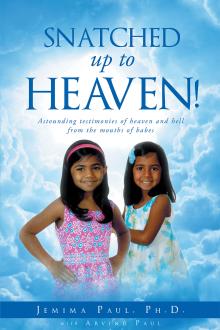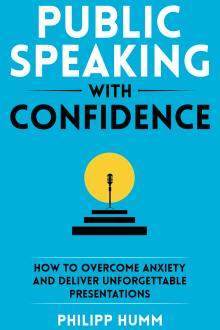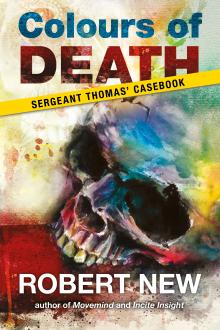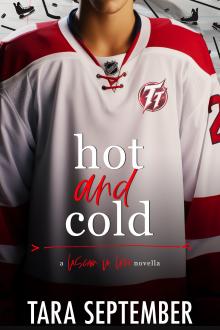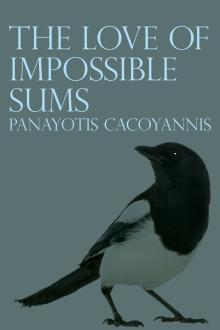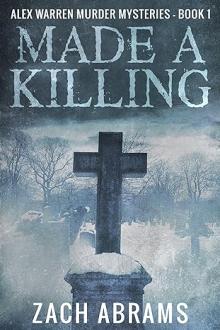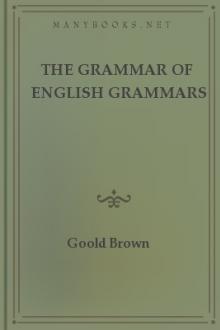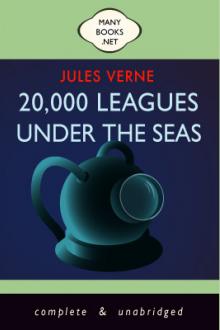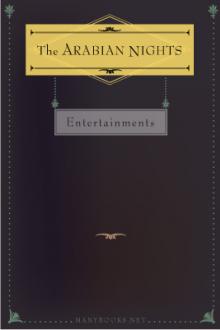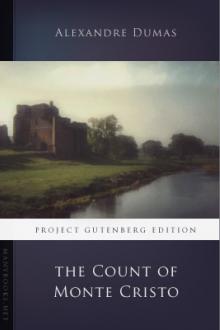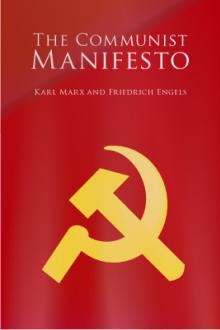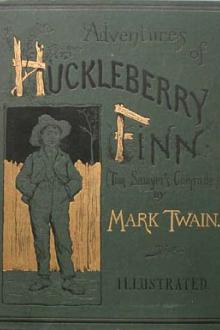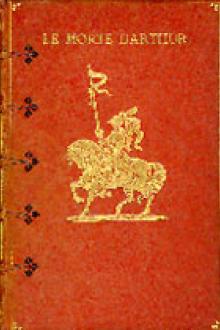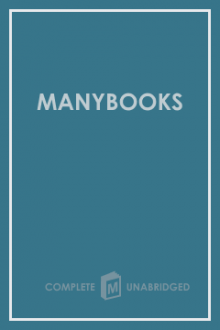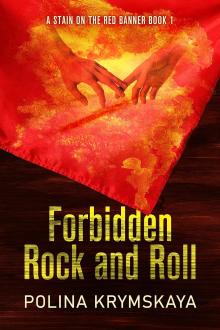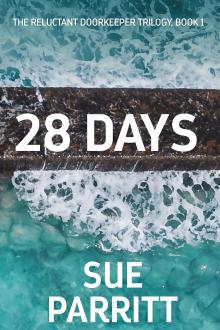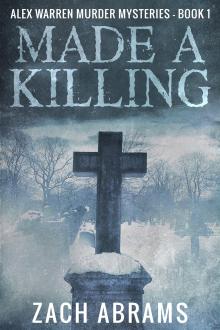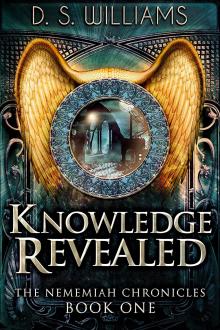Rhymes and Meters
Rhymes and Meters
A Practical Manual for Versifiers
Throughout the following pages “verse” stands for any kind of metrical composition as distinguished from prose. It is not used as a synonym for “poetry.” Though most poetry is in verse form, most verse is not poetry. The ability to write verse can be acquired; only a poet can write poetry. At the same time, even a poet must learn to handle his verse with some degree of skill or his work is apt to fall very flat, and the mere verse writer who cannot rhyme correctly and fit his lines together in meter had much better stick to prose.
Book Excerpt
the last line. But when the movement is languid the meter and stanza form may be more intricate and it is sometimes best to let the thought flow from one stanza to another without even the jerk of the period. The effect to be produced is everything and should determine not only the stanza to be used but the details of the treatment as well. The great poet can bend any meter or stanza form to his use, as witness Thomas Hood with his galloping stanzas in the "Bridge of Sighs," but an ordinary mortal must produce his effects more obviously. The greater skill one has the greater liberties one can take in his choice of materials, just as a clever after-dinner speaker may say many things which from a less tactful person would be deemed offensive. Thomas Hood can write his dirges in dactylics with triple rhymes, but we must model ours on Gray's "Elegy" or "In Memoriam."
Still the variety of stanzas is so large that one should be able to fit almost any verse mood without the necessity of inventing a new form
FREE EBOOKS AND DEALS
(view all)Popular books in Non-fiction, Pulp, Biography, Fiction and Literature
Readers reviews
0.0
LoginSign up
Be the first to review this book
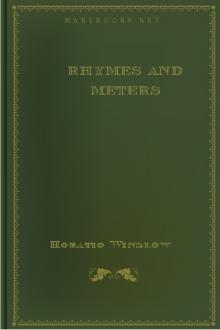
 Free Download
Free Download